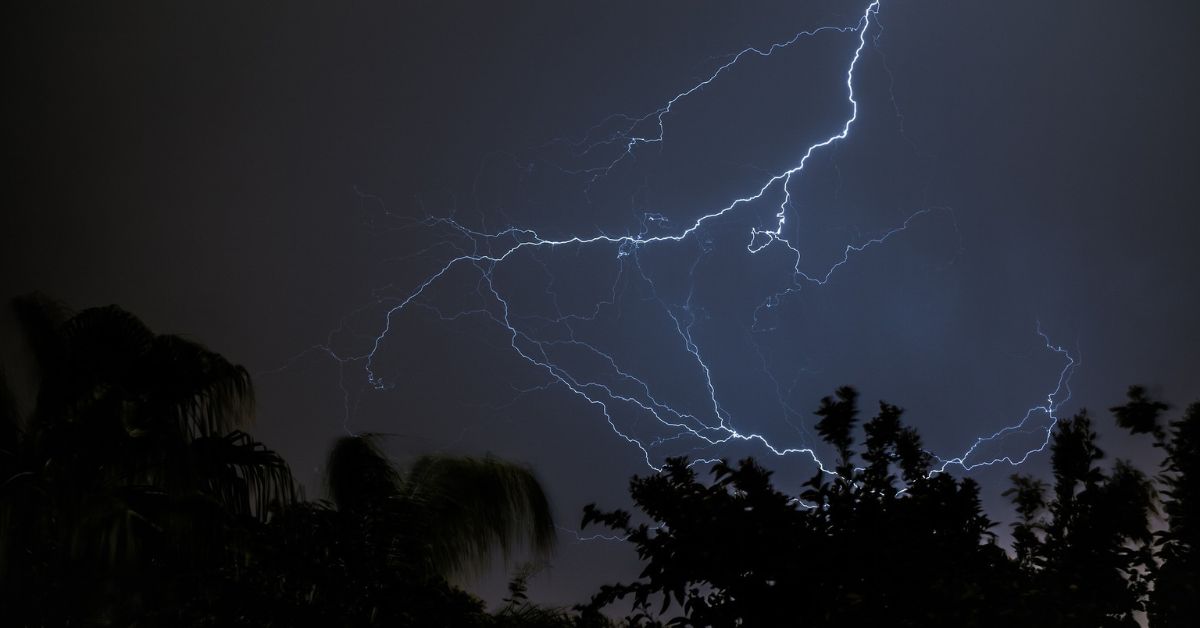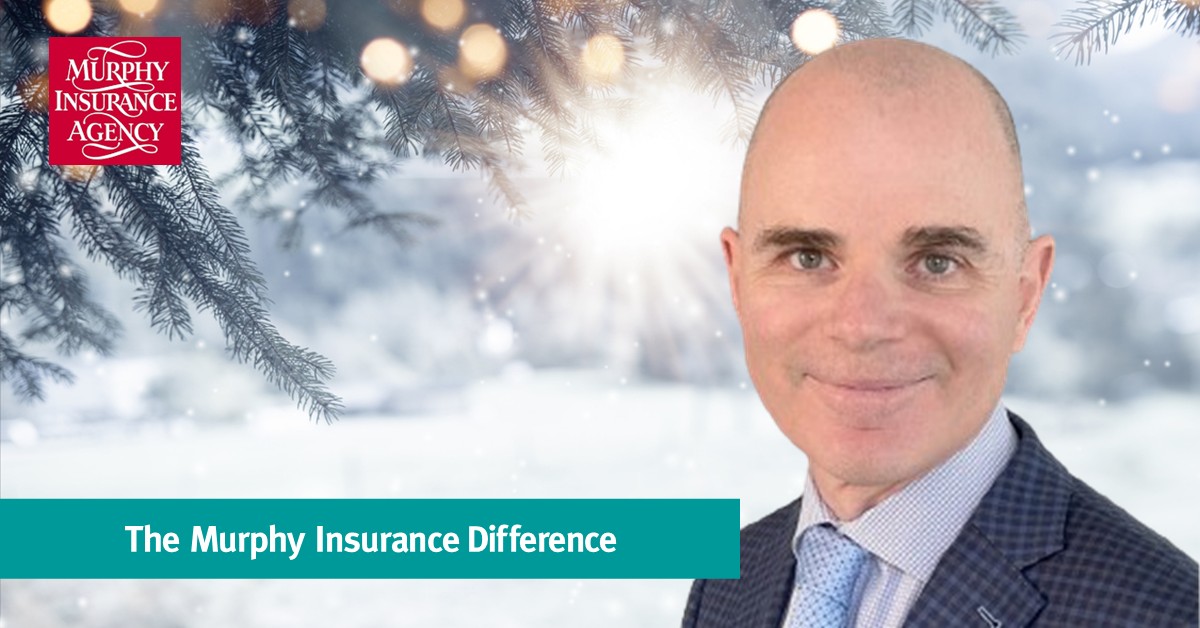Whether building a new home, remodeling an existing home or even repairing a home that has been damaged, a lightning protection system can be a worthwhile investment, according to the Insurance Information Institute (I.I.I.).
Damage caused by lightning, such as fire, is covered by standard homeowners insurance policies; and some policies provide coverage for damage from power surges that are the direct result of a lightning strike.
“Lightning losses were $790 million in 2015 and the average cost per claim rose 64 percent from 2010 to 2015,” explained Loretta Worters, a vice president with the I.I.I. “The $3,000 or $4,000 it will cost to install a lightning protection system could prevent a deadly house fire and save on costly repairs,” she added.
The growing market for smart home technology makes installing a lightning protection system even more important, noted the I.I.I. It is also an opportunity for designers, builders, and code officials to include lightning protection systems in their plans.
“Just as smart homes provide the ultimate in safety and comfort, lightning protection systems ensure that state-of-the-art home automation systems aren’t damaged by direct or nearby lightning strikes,” said Kimberly Loehr, director of Communications for the Lightning Protection Institute (LPI). “Lightning’s harmful surges can damage these internal building systems, which can be quite expensive to restore.”
In recognition of Lightning Safety Awareness Week (June 19–25), the I.I.I. and LPI remind homeowners that good lightning protection begins with using materials and installation methods that comply with national safety standards.
A lightning protection system does not attract lightning, a common misconception, noted the LPI. Lightning will strike a location whether there is lightning protection in place or not. A lightning protection system directs the harmful current from a lightning strike to the ground, leaving the structure and its contents undamaged.
“Keep in mind lightning protection system design and installation is complex and not a do-it-yourself project,” said Loehr. “Installation is not typically within the scope of expertise held by general contractors, roofers or even electricians–which is why the work is typically sub-contracted out to specialists.”
Always hire an LPI-certified expert who specializes in lightning protection and utilizes UL-listed components and equipment to install your system, and make sure the materials and methods comply with national safety standards. Use the LPI’s “Find An Installer” tool to locate an LPI-certified lightning protection system installer in your area.
“If you contract to install a lightning protection system, keep the receipt and let your insurance professional know about this improvement. That will ensure it is included in the cost of rebuilding your home should a disaster occur,” said Worters. “It may even help reduce your insurance costs.”
Visit Our Homeowners Insurance Page
At Murphy Insurance, we take great care in assessing your options for homeowners insurance to ensure that you receive the most favorable value. Our dedication to serving you entails collaborating with highly-rated insurance providers and conducting comprehensive assessments of available choices. Our goal is to achieve the ideal equilibrium between affordability and coverage that suits your unique needs. Please let us provide you with a customized homeowners insurance quote.












